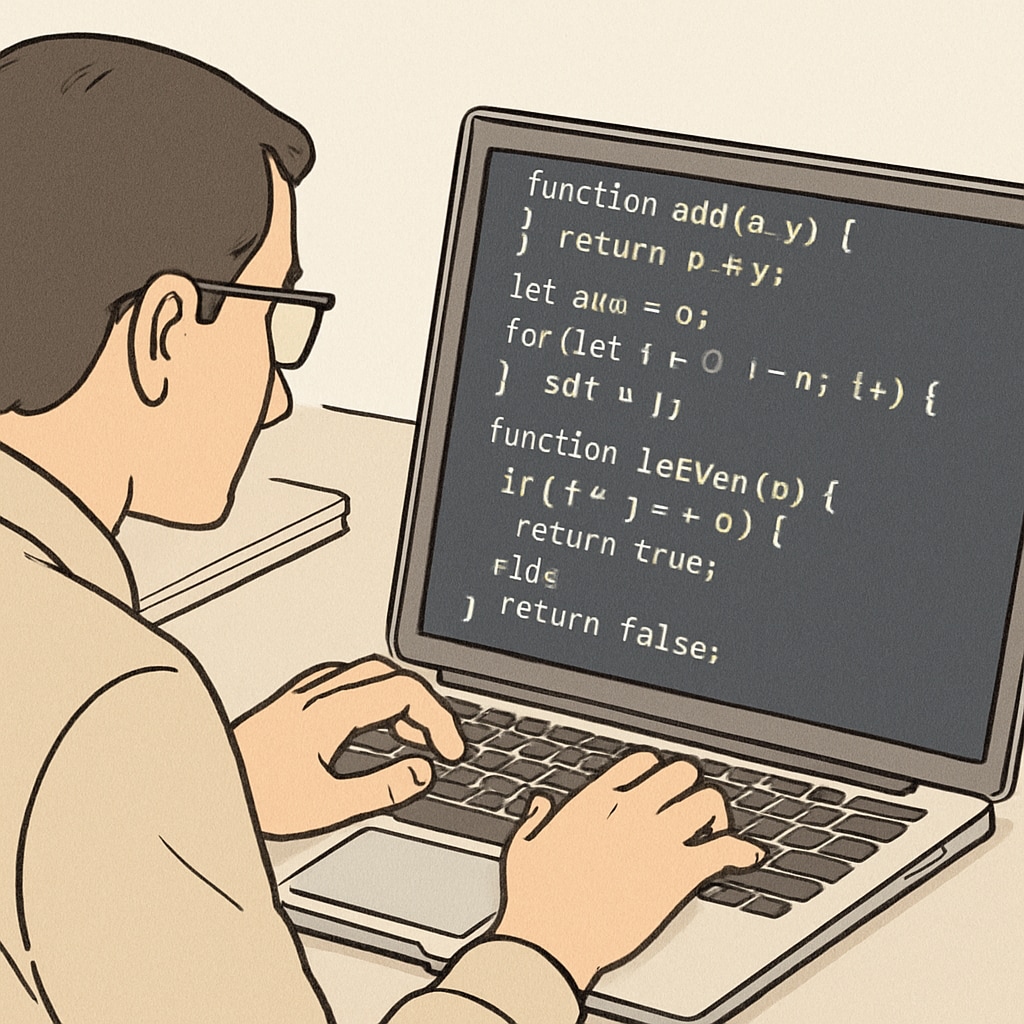Choosing a career path in today’s digital age can be a daunting task, particularly for teenagers standing at the crossroads of becoming either programmers or engineers. With the rapid advancements in artificial intelligence (AI) and other emerging technologies, the decision has become even more complex. This article examines the distinctions between these two career options, their future potential, and how young individuals can make an informed choice based on their personal traits and interests.
Understanding the Roles of Programmers and Engineers
While both programmers and engineers contribute to technological progress, their roles are fundamentally different. Programmers primarily focus on writing, testing, and maintaining code for software applications. Their work involves understanding programming languages, algorithms, and debugging processes.
Engineers, on the other hand, often have a broader scope. While some engineers specialize in software development, others work in fields such as mechanical, electrical, or civil engineering. They apply scientific and mathematical principles to design solutions that address real-world challenges. For example, a software engineer might architect a system, while a civil engineer designs infrastructure projects.

Career Prospects in the Age of Artificial Intelligence
The rise of artificial intelligence has further blurred the lines between these professions. Both programmers and engineers are essential in the development and implementation of AI technologies. For instance, AI programmers design algorithms that enable machines to learn and adapt, while AI engineers ensure these systems are scalable and integrated into broader applications.
The job market for both fields continues to expand. According to the U.S. Bureau of Labor Statistics, software development roles are projected to grow by 25% by 2031. Similarly, engineering roles, particularly in fields such as robotics and renewable energy, are witnessing significant growth. This demonstrates that both career paths offer promising opportunities, though the specific trajectory will depend on an individual’s specialization and skills.

How to Decide: Tips for Teenagers
Deciding between a career as a programmer or an engineer requires introspection and research. Here are some actionable steps to help teenagers find clarity:
- Identify your strengths: Are you detail-oriented and enjoy problem-solving? Programming might be a good fit. If you prefer applying theoretical knowledge to practical scenarios, engineering could be your calling.
- Explore both fields: Take introductory courses in coding and engineering principles. Platforms like Khan Academy offer free resources to explore these areas.
- Seek mentorship: Talk to professionals in both fields to understand their daily responsibilities and challenges.
- Evaluate job stability: Both careers are in high demand, but consider future trends in AI and automation to identify areas with long-term growth potential.
Combining Both Worlds
Interestingly, the fields of programming and engineering are not mutually exclusive. Many roles, such as software engineers or AI specialists, combine elements of both. This hybrid approach allows individuals to gain a diverse skill set, making them highly valuable in the job market. For example, a mechatronics engineer might design robotic systems that require both mechanical engineering and programming expertise.
As a result, teenagers can consider pursuing interdisciplinary studies that merge these fields. Many universities now offer programs in AI, robotics, and data science, which cater to students with diverse interests.
Conclusion: Choosing the Right Path
The choice between becoming a programmer or an engineer ultimately comes down to one’s interests, skills, and long-term goals. Both fields offer immense opportunities, particularly in the context of artificial intelligence and the digital revolution. By exploring each option thoroughly and aligning their aspirations, teenagers can make a confident and informed decision.
In today’s rapidly evolving technological landscape, the key is to remain adaptable and open to lifelong learning. Whether you choose programming, engineering, or a blend of both, the future is bright for those who embrace innovation and creativity.
Readability guidance: This article uses concise paragraphs, incorporates lists to summarize points, and ensures a balanced use of active voice and transitional words. It is designed to be accessible for readers at the B1–B2 CEFR level.


